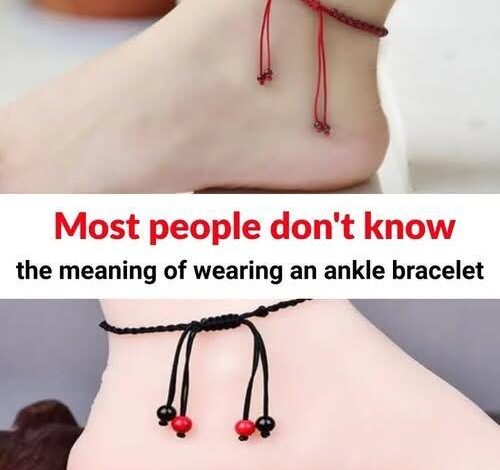Why Do People Use Ankle Bracelets?

Ankle bracelets—often called anklets—are far more than fashionable accessories. While they add elegance to any outfit, these delicate ornaments carry centuries of meaning, weaving together stories of status, beauty, and belief. Their history spans ancient civilizations and modern fashion alike, showing how something so small can hold such profound symbolism.
Ancient Beginnings: Power, Wealth, and Faith
The earliest records of anklets trace back thousands of years to Egypt, Mesopotamia, and India. In ancient Egypt, anklets were clear markers of social rank. The wealthy adorned themselves with gold and gemstone anklets, while commoners wore simpler versions made of leather or shells. Beyond status, they were also believed to hold protective powers—charmed pieces meant to attract good fortune and repel evil.
In India, anklets—known as payal—became essential in traditional attire. Married women often wore them to symbolize loyalty and grace, with silver being the preferred metal since gold was considered sacred. Many designs featured tiny bells, believed to bring music, luck, and joy into daily life.
African and Middle Eastern Traditions: Meaning in Motion
Across Africa, anklets tell stories of identity and womanhood. Their patterns, colors, or materials can signify marital status, fertility, or tribal connection. Some designs represent blessings of health or prosperity, blending artistry with heritage.
In Middle Eastern culture, anklets often carried protective and sensual meanings. Dancers wore bell-adorned versions to highlight their movements, while others used amulets featuring the evil eye for protection from jealousy or harm.